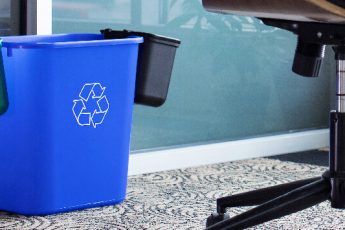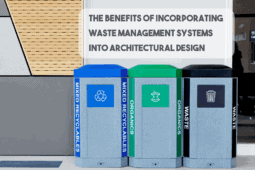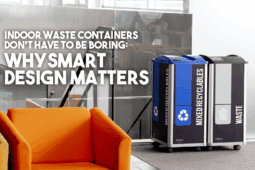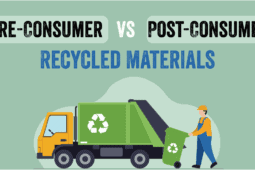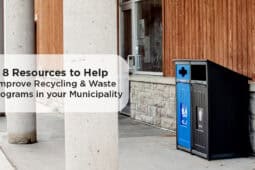A relatively new term to emerge in the composting industry is “food scraps” which includes two general categories: 1) pre-consumer food scraps; and 2) post-consumer food scraps. Pre-consumer food scrap composting includes vegetable culls and trimmings from restaurants, college dining halls and the produce department at your local grocery store. This term even includes used coffee grounds from the corner latte stand. Post-consumer food scrap composting includes domestic food that is discarded and often co-mingled with yard debris and then collected at the curbside.
As it turns out, food scraps constitute a relatively large percentage of the organic waste-stream that can be diverted from the landfill. As a result, cities, counties and states have invested a tremendous amount of time and attention on recovering and composting food scraps.
One of the significant challenges with food scrap composting is the comparatively high incidence of plastics contamination. Small items such as rubber bands and the small white labels put on apples are the bane of the composter’s existence. Add to these small items the plastic wrap that surrounds the discarded head of cauliflower or the stale loaf of bread that is still in its bag and the problem becomes very obvious. The compost consumer simply doesn’t want trash in their food scrap compost. The solution to this dilemma is public education and cooperation.
—
Other Sources
O2 Compost. https://www.o2compost.com/food-scrap-composting.aspx. Accessed October 25, 2024.
